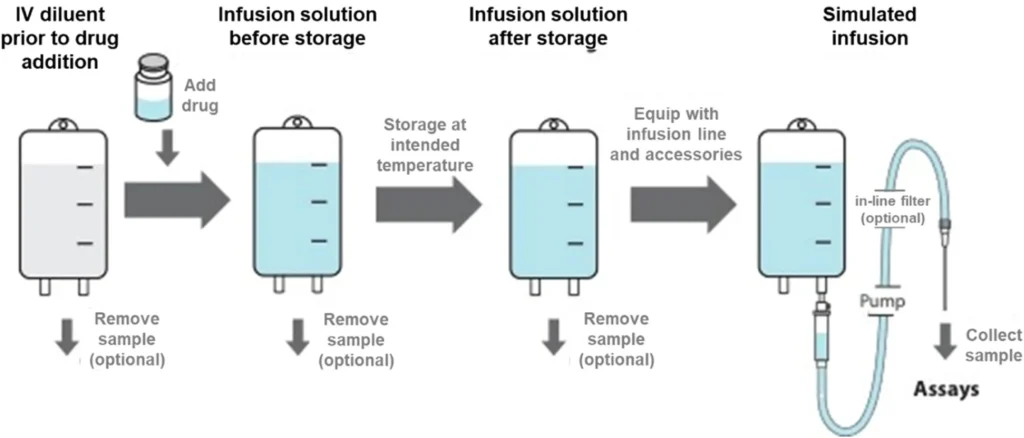Proper Peptide Storage

Proper Peptide Storage: Maximizing Stability and Potency
The stability and potency of peptides are highly dependent on proper storage conditions. Incorrect storage can lead to degradation, loss of activity, and compromised research results. Following recommended guidelines ensures the longevity and efficacy of your peptide compounds.
Key Factors Affecting Peptide Stability
Several factors can influence peptide degradation:
-
Temperature: High temperatures accelerate chemical reactions, including degradation.
-
Moisture/Humidity: Water can facilitate hydrolysis, breaking peptide bonds.
-
Light: UV light can cause photo-oxidation and degradation of certain amino acids.
-
Oxygen: Oxidation can occur, particularly affecting methionine, tryptophan, and cysteine residues.
-
Contamination: Bacterial or fungal growth can degrade peptides.
-
pH: Extreme pH levels can lead to hydrolysis or deamidation.

General Storage Guidelines for Lyophilized (Freeze-Dried) Peptides
Most research peptides are supplied in a lyophilized (freeze-dried) powder form, which is the most stable state for long-term storage.
-
Temperature:
-
Long-term storage: Store lyophilized peptides at -20°C to -80°C. The colder, the better for extended periods.
-
Short-term storage: For periods of a few weeks to a few months, -20°C is generally sufficient.
-
Avoid Freeze-Thaw Cycles: Repeated freezing and thawing can damage the peptide structure. If you need to use small amounts frequently, aliquot the peptide into smaller vials before initial storage.
-
-
Desiccation:
-
Store peptides in a desiccated environment (e.g., with a desiccant packet) to absorb any residual moisture.
-
Ensure vials are tightly sealed to prevent moisture ingress.
-
-
Light Protection:
-
Store peptides in dark vials or in a dark environment (e.g., inside a freezer box) to protect them from light exposure.
-
Storage Guidelines for Reconstituted (Liquid) Peptides
Once a peptide is reconstituted in a solvent, its stability significantly decreases.
-
Solvent Choice:
-
Sterile Water: For most peptides, sterile, deionized water is suitable.
-
Acidic/Basic Solutions: Some hydrophobic peptides may require a small amount of acetic acid, acetonitrile, or DMSO to dissolve initially, followed by dilution with water. Be mindful of the peptide’s stability at extreme pH.
-
Avoid Repeated Freezing: If you must freeze reconstituted peptides, aliquot them into single-use portions to avoid freeze-thaw cycles.
-
-
Temperature:
-
Short-term (days to weeks): Store reconstituted peptides at 2°C to 8°C (refrigerator temperature).
-
Long-term (weeks to months): Store at -20°C to -80°C in aliquots.
-
-
Sterility:
-
Use sterile solvents and sterile techniques when reconstituting to prevent microbial contamination.
-
Filter sterilization (0.22 µm filter) can be used for solutions if appropriate.
-
-
Concentration:
-
Higher concentrations of peptides in solution tend to be more stable than very dilute solutions.
-

Best Practices for Handling Peptides
-
Allow to Equilibrate: Before opening a vial of lyophilized peptide from cold storage, allow it to equilibrate to room temperature. This prevents condensation (moisture) from forming inside the vial, which can degrade the peptide.
-
Use Sterile Techniques: Always use sterile equipment and techniques to prevent contamination.
-
Record Keeping: Keep detailed records of storage conditions, reconstitution dates, and concentrations.
By adhering to these proper storage and handling guidelines, researchers can ensure the integrity and effectiveness of their peptides, leading to more reliable and reproducible experimental results. Peptide Biologics provides high-quality peptides, and proper storage is key to maintaining that quality throughout your research.
